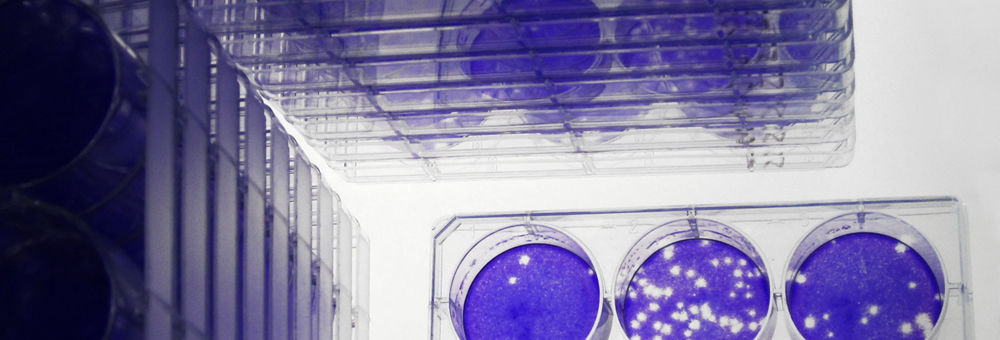WP3 From hit to (new) validated target
This work package, coordinated by Dr. Leen Delang and Prof. Johan Neyts (KU Leuven), focuses on identifying the viral protein(s) involved in the mechanism-of-action of potent antiviral hit series (a process called ‘target deconvolution’). Using these antiviral hit series as tool compounds, novel drug targets and related mechanisms of inhibiting virus replication will be unraveled in molecular detail using biochemical, molecular biological and virological techniques. Ultimately, the druggability of novel targets will be validated in vivo.
This work will be performed with potent and selective antivirals that have been deprioritized (because of one or more liabilities that may preclude their development to a drug) and hits that originate from the efforts of WP4, requiring further target validation. Drug-resistant virus variants will be isolated and sequenced to detect (potential) resistance mutations and establish their link to the drug-resistant phenotype. We will aim to unravel the precise molecular mechanism, which may require expression of the viral target, elucidation of its structure without and/or complexed with the inhibitor (by X-ray crystallography or cryoEM) and target-based biochemical assays to support further hit-to-lead development.
Once the viral protein(s) involved in the antiviral activity have been identified, the hit series will be optimized through an exploratory chemistry effort to improve potency and ADME properties, aiming to obtain a drug-like compounds suitable for in vivo proof-of-concept studies. Also, antiviral PROTAC-conjugates will be explored as broad-spectrum antivirals. By hybridizing a molecule that selectively and potently binds a viral protein into a PROTAC chemical structure, this viral target is drawn into close proximity of a cellular E3 ligase, becomes ubiquitinated by this ligase and is subsequently targeted for proteasomal degradation. Antiviral PROTACs will be designed, synthesized and characterized in detail in ubiquitination and degradation assays, functional enzymatic assays as well as in phenotypic assays.
The appropriate ADME-T, PK/PD preparatory work will be performed before conducting a proof-of concept in vivo study with the most promising compounds in rodent infection models via any appropriate administration route. For neurotropic viruses, a nose-to-brain delivery approach using antiviral molecules packaged as nanoparticles will be developed and evaluated.
Before embarking on in vivo proof-of-concept studies to validate a (novel) antiviral target, preliminary ADME data will be collected, cellular uptake will be characterized and proper formulation will be addressed. Pharmacokinetic studies will provide information on the PK profile by providing information on half-life, exposure, clearance and plasma concentrations. In silico PK modelling will be used to predict PK behavior based on in vitro ADME data from different compounds that belong to the same series, which will allow to reduce animal use (3R rules).
